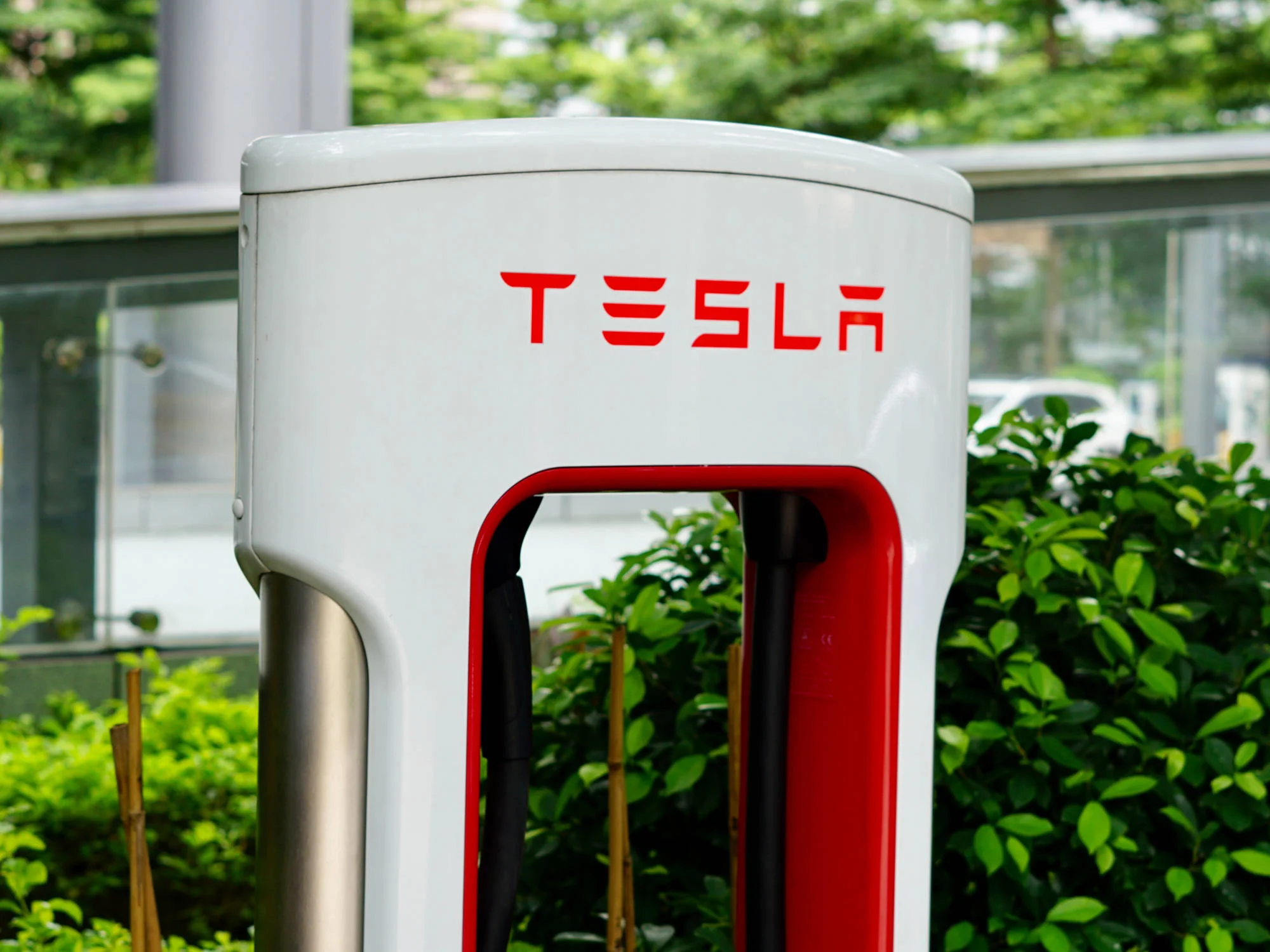Just in time for the holiday season, Tesla has introduced a new Supercharger congestion fee, a move that is likely to have a significant impact on Tesla drivers during one of the busiest travel times of the year. This decision marks an important shift in Tesla’s approach to managing the demand for its Supercharger network, the extensive and crucial infrastructure that supports its electric vehicles (EVs).
The Tesla Supercharger network, known for its high-speed charging capabilities, has been a key selling point for Tesla vehicles. It allows drivers to recharge their cars quickly, making long-distance travel more feasible and convenient. However, with the increasing popularity of Tesla cars, the demand for Supercharger stations has skyrocketed, leading to congestion, especially during peak travel times like holidays.
To address this issue, Tesla has implemented a congestion fee. This fee is designed to encourage drivers to use the Superchargers during off-peak hours, thereby reducing the load during busy times. The concept is similar to surge pricing used by ride-sharing services, where prices increase during high-demand periods to balance supply and demand.
The congestion fee has several implications for Tesla drivers. Firstly, it means that those who choose to charge their vehicles during peak hours will face additional costs. This could significantly affect travel budgets, especially for those who rely on Superchargers for long-distance trips. On the other hand, it may incentivize drivers to charge their vehicles during less busy times, which could lead to a more efficient use of the Supercharger network and shorter wait times for everyone.
The introduction of this fee also highlights the challenges facing the EV infrastructure as the adoption of electric vehicles grows. While Tesla has been expanding its network of Superchargers, the pace of expansion has to keep up with the rapidly increasing number of Tesla cars on the road. This congestion fee could be seen as a stopgap measure to manage the current demand while Tesla continues to build out its charging infrastructure.
For Tesla, the congestion fee could also serve as a valuable data-gathering tool. By monitoring how drivers respond to the fee, Tesla can gain insights into charging behavior and preferences, which could inform future decisions about Supercharger locations, capacities, and pricing strategies.
However, this move may not be without controversy. Some Tesla owners might view the congestion fee as an unexpected additional expense, particularly those who bought their vehicles expecting free or low-cost charging as part of the Tesla experience. It raises questions about the future costs of owning an EV and how companies like Tesla will balance the need to expand their infrastructure with the expectations of their customer base.
As the holiday season approaches, Tesla drivers will need to plan their trips more strategically. They might need to consider charging their vehicles during off-peak hours or exploring alternative charging options to avoid the congestion fee. This change is a reminder of the evolving nature of EV ownership and the ongoing adjustments both drivers and companies need to make as this technology becomes more mainstream.
